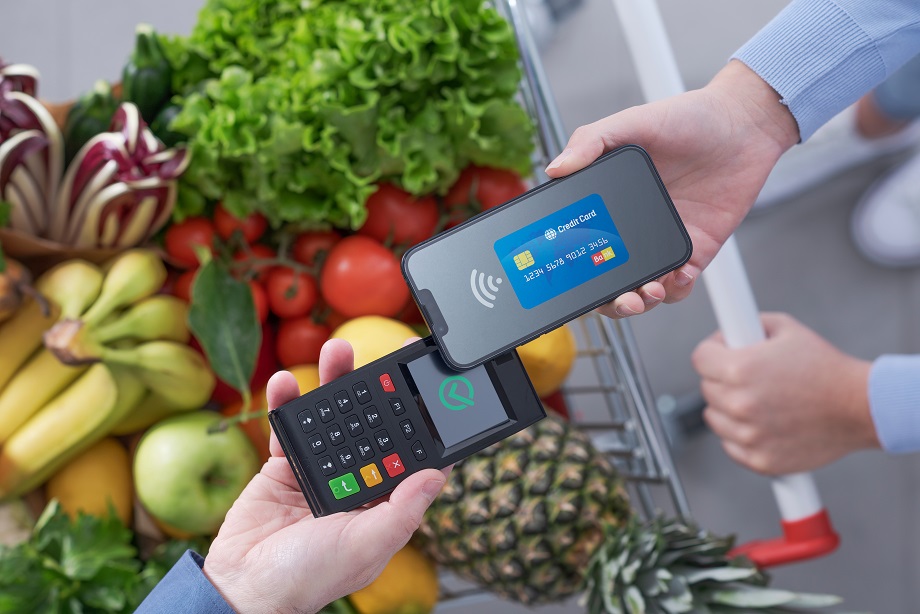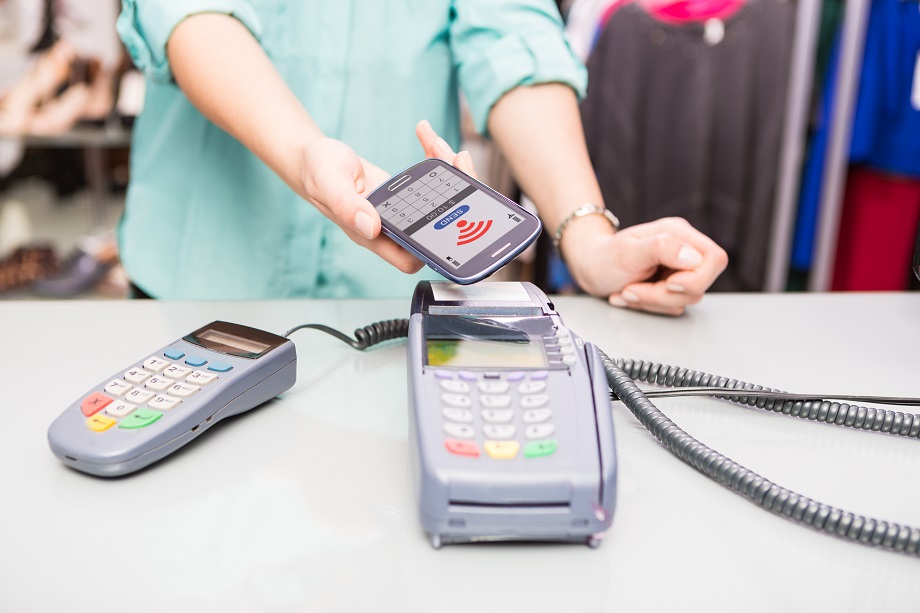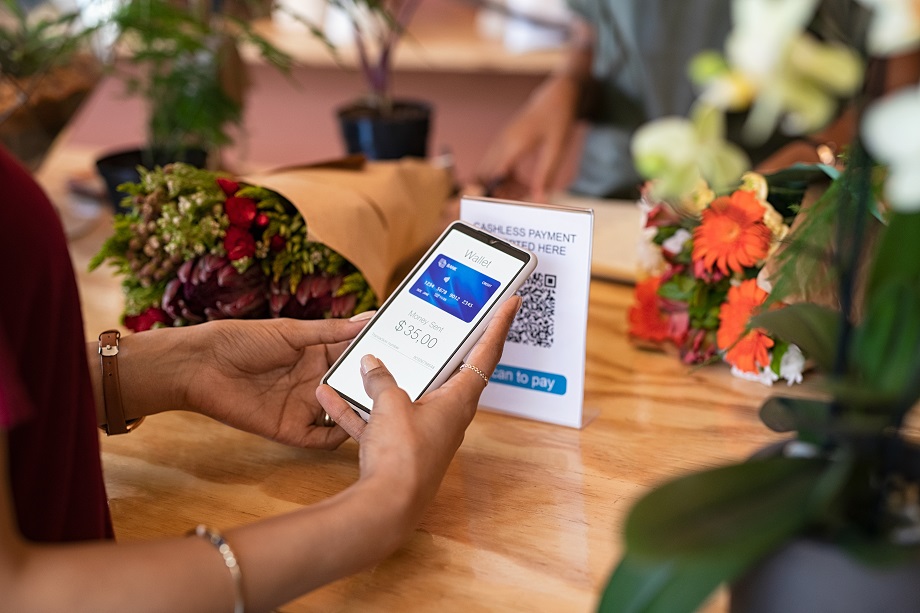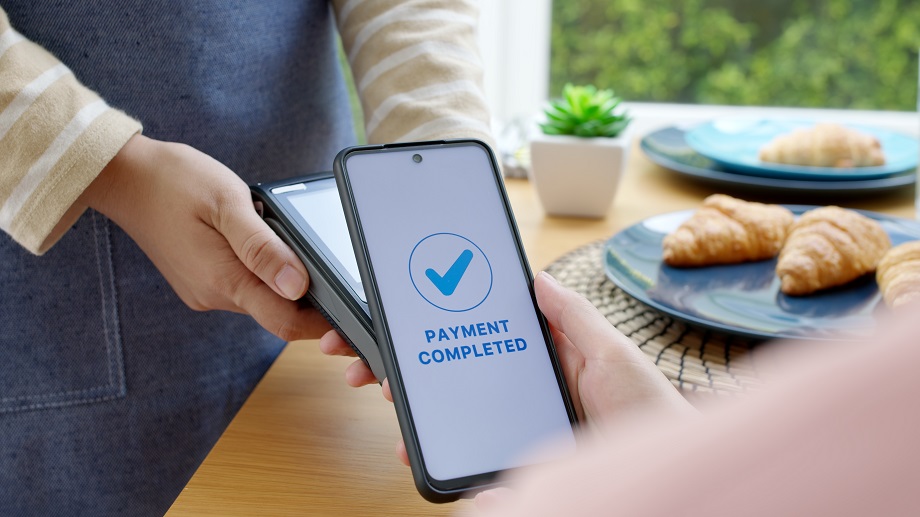06 Jun

As many of us become increasingly reliant on our mobile phones, new technologies are emerging that make our lives just a little bit easier. One such technology is mobile payment – the ability to make payments from your smartphone using digital wallets and apps.
If you have ever used your smartphone to pay for something, you have experienced a form of mobile payment. As convenient as mobile payments seem, did you ever wonder exactly how they work and what makes them advantageous? Let’s explore the definition of mobile payment, different types of mobile payment systems, and their main advantages compared to traditional payment options.
What is Mobile Payment?
Mobile payment refers to using your smartphone or other mobile device to make payments and purchases instead of cash, checks, or credit cards. Essentially your mobile device acts as your wallet. You add your payment details like debit or credit cards to an app on your phone and then use that app to make purchases online, through apps, or in physical stores.
Some examples of mobile payment systems are Apple Pay, Google Pay, Samsung Pay, and PayPal. When you’re checking out at an online store or app, you can select one of these mobile wallets and pay for your purchase with a single tap. Some stores even have hardware that lets you pay using your phone by tapping or waving your device near the checkout terminal.
Mobile payment makes it super convenient to pay for things on the go. All you have to do is pull out your phone instead of carrying your physical wallet. It’s also more secure since your actual credit card numbers aren’t shared with merchants – a virtual account number is generated for each transaction.
How Mobile Payment Systems Work?

Setting up mobile payment
To use mobile payment services, you’ll first need to:
- Sign up for a mobile payment service- There are many options like Apple Pay, Google Pay, Samsung Pay, and more. You’ll provide basic info like your name, billing address, and mobile payment methods.
- Add a payment method- You’ll need to link a credit card, debit card, or bank account to use for payments. The mobile payment service will verify your info and authorize payments.
- Download the app- For most services, you’ll need to download the mobile payment app to your phone. The app allows you to make payments from your smartphone.
Processing payments
When you make a mobile payment, several things happen behind the scenes to process the transaction:
- Payment Information is Submitted – Your mobile device sends your payment details like card or bank account info along with the transaction information to the mobile payment system.
- Authentication is Verified – The mobile payment system verifies your identity using the authentication method you set up like a fingerprint, passcode, or facial recognition.
- Payment is Processed – The mobile payment system communicates with the necessary financial networks like card issuers, banks, and payment processors to complete the payment.
- Merchant Receives Notification – Once the payment is approved, the mobile payment system notifies the merchant that the transaction was successful so they can fulfill the order or provide the service.
- Funds are Transferred – Funds are transferred from your bank account or credit card to the merchant’s account. For some payment services like Venmo, the funds transfer happens between users’ accounts.
Also Read: Best way to choose a cash register for your business
Types of Mobile Payments

Various types of mobile payment systems have emerged with the rapid advances in technology and wireless communication. Including:
NFC payments
Near-field communication (NFC) payments allow you to pay for purchases by tapping or waving your phone near an NFC payment terminal. This is used by mobile payment platforms like Google Pay, Apple Pay, and Samsung Pay. It’s a fast and convenient way to pay with just a tap or wave of your phone.
QR code payments
With QR code payments, merchants display a unique QR code for the customer to scan using their mobile banking app. The customer then approves the payment within the app. QR code payments are popular in countries like China where QR code usage is widespread.
Mobile wallet payments
Mobile wallets like PayPal, Venmo, and Cash App allow you to store payment details and pay or get paid from contacts easily from within the app. They can auto-populate checkout forms to make shopping online faster.
Mobile billing
Some merchants allow you to store your payment details directly with their app to enable seamless and automatic bill payments. For example, Netflix, Spotify, and other subscription services allow you to manage and pay your bills from within their apps.
Peer-to-peer (P2P) payments
P2P payment apps like Venmo, Cash App, and Zelle allow you to send and request money from contacts in your contact list by entering an amount and optionally adding a note. You can split bills, pay back a friend, or receive funds from a family member.
BLE payments
Bluetooth low energy (BLE) payments allow you to pay by tapping your phone against payment terminals equipped with Bluetooth. This method is not widely used yet.
Sound wave payments
Some innovative payment methods utilize sound waves to transmit payment data between two devices. This method is still in its early stages.
Also Read: Tips on how to make checkout faster and more efficient
SMS payments
In some countries, you can make payments via text message by sending an SMS command to a short code linked to your bank account. This method is convenient but less secure.
Cloud-based payments
Cloud-based payment platforms like Stripe and Braintree allow merchants to accept payments from both web and mobile apps. The payment details are stored in the cloud.
Digital wallet cards
Some digital wallets like Apple Wallet and Google Pay allow you to store virtual versions of your credit/debit cards that you can use to make NFC payments in stores without actually carrying the physical cards. The cards are linked to your bank account. This makes it one of the best mobile payment processing methods that a person can benefit from.
Benefits of Mobile Payments
Mobile payments offer numerous advantages for both businesses and consumers. Mobile payments can provide:

Convenience at your fingertips
One of the biggest advantages of mobile payments is convenience. Carrying cash or credit cards can be inconvenient, but making payments from your phone eliminates the hassle. You always have your phone on you, so mobile payments allow you to make purchases anywhere, anytime with just a few taps.
Provide a faster checkout experience
Mobile payments are much faster than traditional methods. You don’t have to swipe or insert a card, enter a PIN, and wait for approval. With mobile payments, you simply unlock your phone, open the payment app, and hold your phone near the payment terminal. The whole process takes just seconds.
Provide additional layers of security
Mobile payments can actually be more secure than plastic cards. With mobile payments, your actual bank account details are not stored on your device. Instead, a virtual account number is generated for each transaction, so if someone steals your phone, they cannot access your bank accounts. Most payment apps also require passwords, fingerprint scans, or facial recognition for security.
Rewards and deals make mobile payments a more attractive option
Some mobile payment services offer reward programs and cashback incentives. As more people adopt mobile payments, merchants and payment networks are offering deals and discounts to attract customers. For example, Apple Pay offers 3% daily cashback to participating merchants.
Integration with other apps makes life simple and stress-free
Mobile payments can easily integrate with other apps you use. For example, you can link your Uber or Lyft accounts to make in-app payments or link retail apps to your payment method for one-click checkout. The more profound mobile payments integrate into apps you frequently use, the more convenient they become.
The growth of mobile payments is being driven by the widespread use of smartphones and the demand for faster, easier ways to pay for everyday purchases. As people continue to demand more mobile convenience, mobile payments are likely here to stay and will only continue to evolve and improve. Technologies like 5G and more advanced security features will help address current challenges and push mobile payments to the next level in the coming years.
If you want to upgrade your retail business with the latest payment technology, consider using Hana Retail as your point-of-sale system. Hana Retail offers an all-in-one POS system for retail that enables contactless payments, mobile wallets, and other mobile payment options.
Our mobile POS system integrates seamlessly with major payment processors and can help modernize your checkout process to speed up transactions and improve the customer experience. Sign up FREE today!





